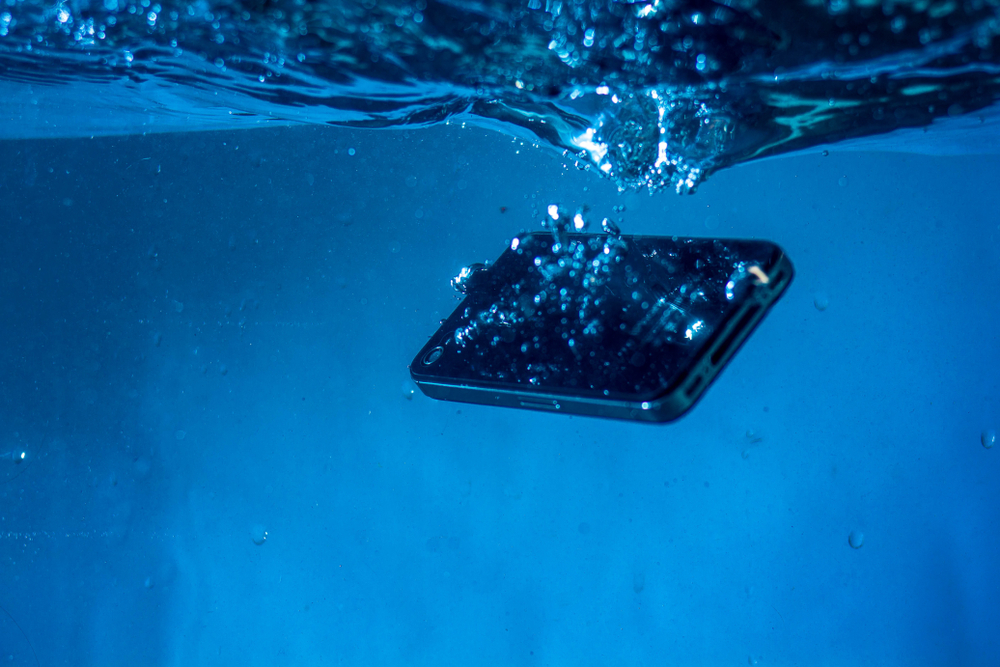
Underwater communications between divers relies on hand signals for communicating safety and directional information. These hand signals range from simple ideas, to up to over 200 signals used by professional divers to communicate more detailed information regarding oxygen levels, proximity of aquatic species, and the performance of cooperative tasks. Now, researchers at the University of Washington have developed AquaApp – a mobile app that functions underwater for acoustic-based communication and networking.
“Smartphones rely on radio signals like WiFi and Bluetooth for wireless communication. Those don’t propagate well underwater, but acoustic signals do,” said co-lead author Tuochao Chen. “With AquaApp, we demonstrate underwater messaging using the speaker and microphone widely available on smartphones and watches. Other than downloading an app to their phone, the only thing people will need is a waterproof phone case rated for the depth of their dive.”
The AquaApp interface provides users with a list of 240 pre-set messages that correspond to hand signals employed by professional divers. The 20 most common signals are prominently displayed for easy access. Messages can also be filtered according to eight categories, such as directional indicators, environmental factors, and equipment status.
The designers faced a number of challenges in creating AquaApp.
“The underwater scenario surfaces new problems compared to applications over the air,” said co-lead author, Justin Chan. “For example, fluctuations in signal strength are aggravated due to reflections from the surface, floor and coastline. Motion caused by nearby humans, waves and objects can interfere with data transmission. Further, microphones and speakers have different characteristics across smartphone models. We had to adapt in real time to these and other factors to ensure AquaApp would work under real-world conditions.”
To overcome these problems, an algorithm was created that allows AquaApp to optimize – in real time – the bitrate and acoustic frequencies of each transmission based on certain parameters, including distance, noise, and variations in frequency response across devices. They also developed a networking protocol to share access to the underwater network to support messaging between multiple devices. AquaApp can accommodate up to 60 unique users on its local network at one time.
“AquaApp brings underwater communication to the masses,” said senior author Shyam Gollakota,. “The state of underwater networking today is similar to ARPANET, the precursor of the internet, in the 1970s, where only a select few had access to the internet. AquaApp has the potential to change that status quo by democratizing underwater technology and making it as easy as downloading software on your smartphone.”
